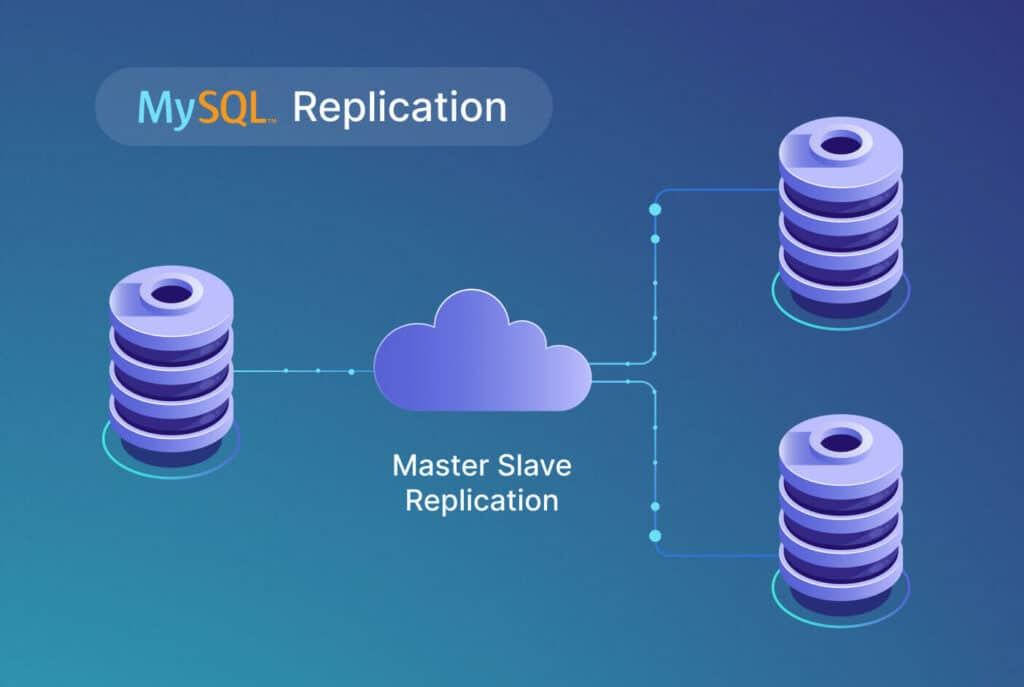ETL Data Transformation and Why We Should Use It
Data is the king, especially in data analysis. This requires collecting data from many places, and it takes effort to transform it before it can be used. What would you think if we had a system that could help without the need for developer expertise? Data transformation will be the best one.

0
Leave a comment
Submit with
Comments (0)
.webp)

